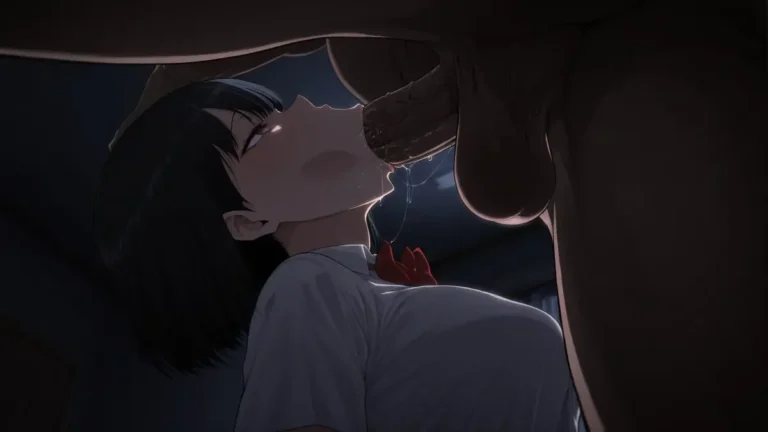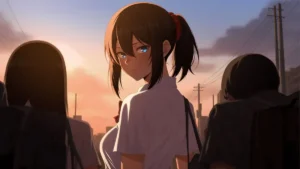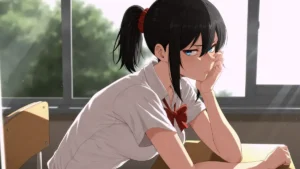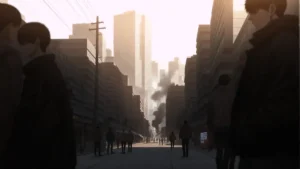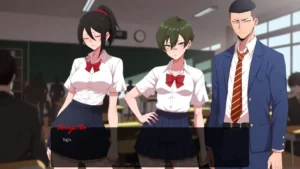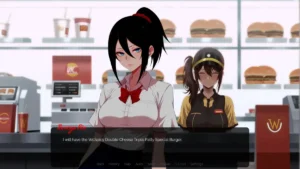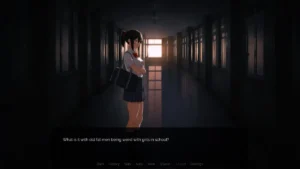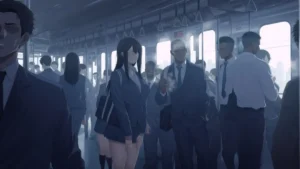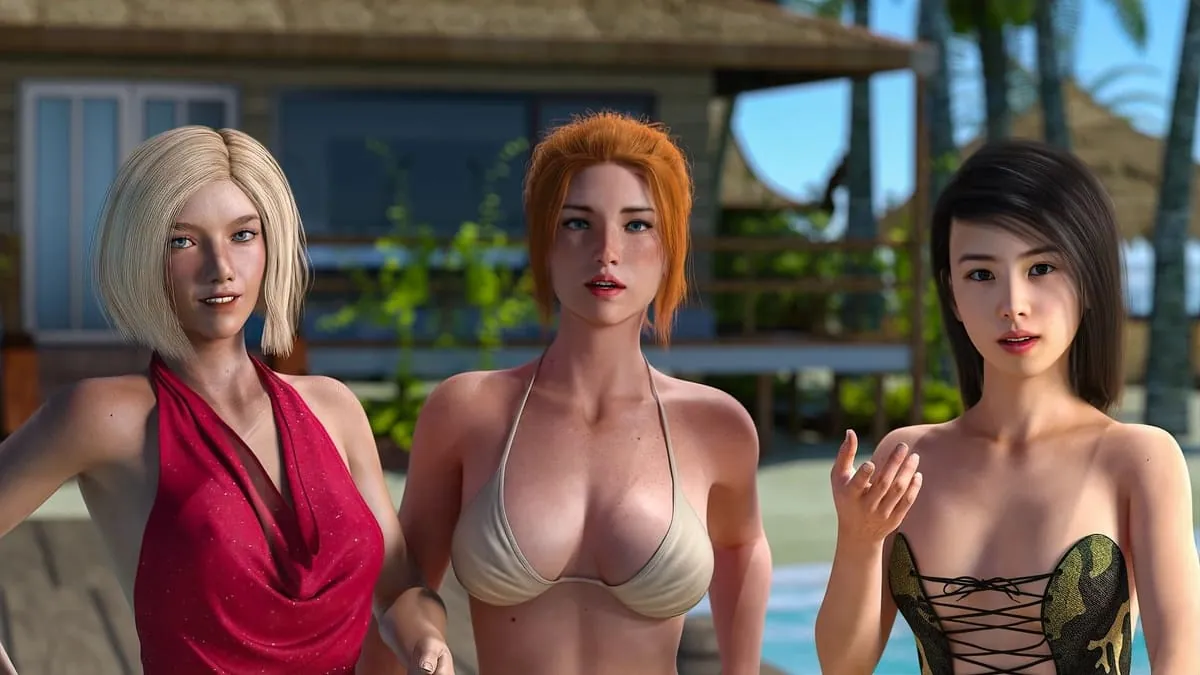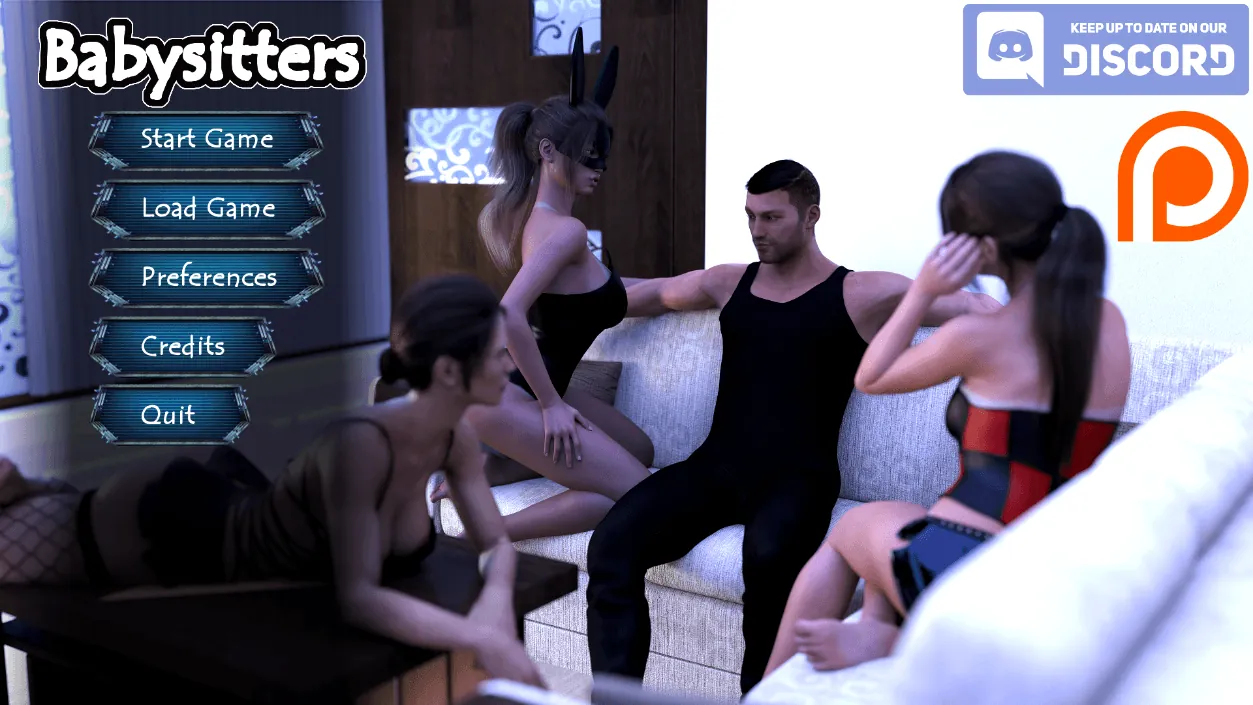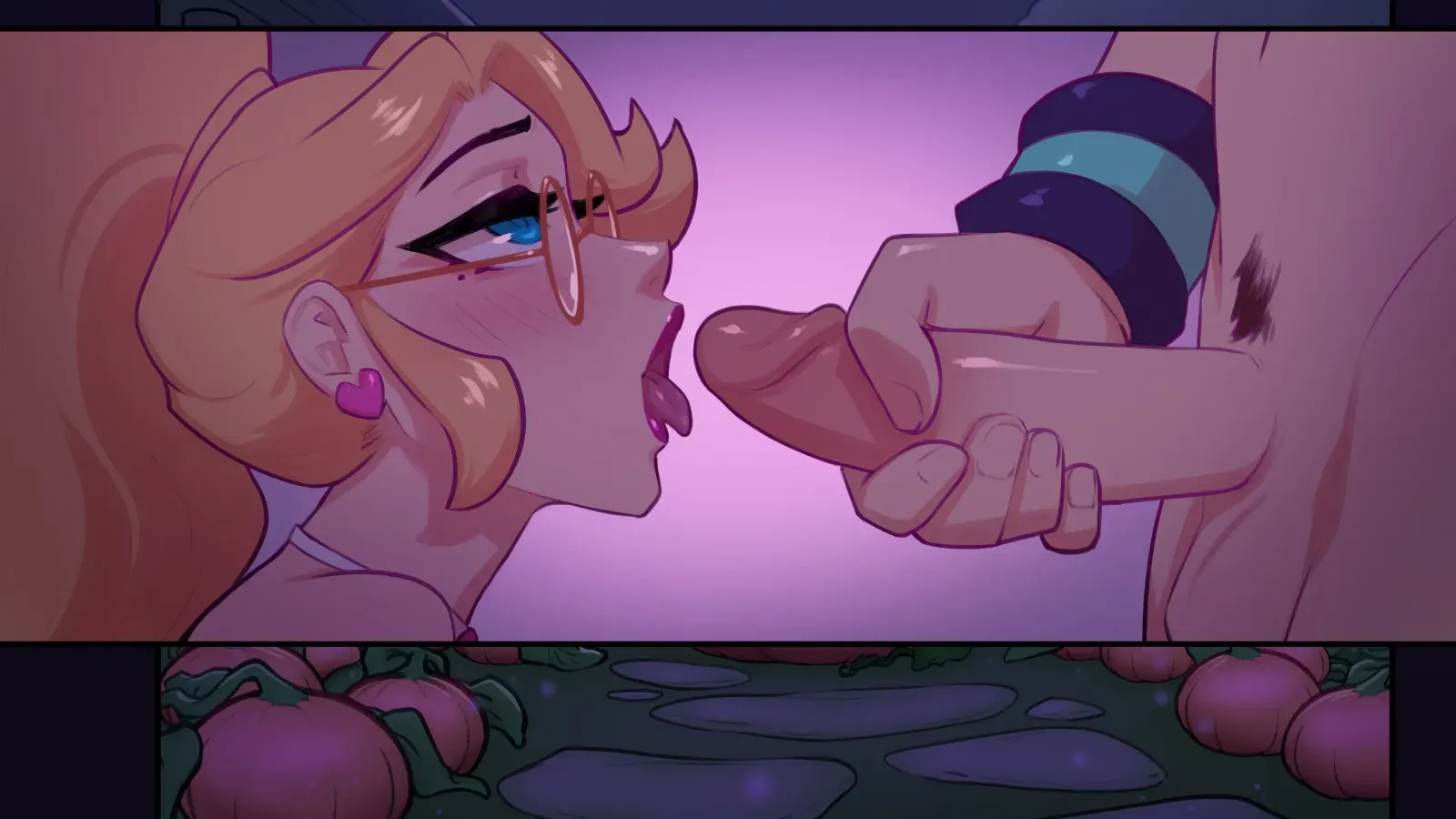
Aperture
Play Aperture
Aperture review
Explore the psychological depth and complex narrative of this story-driven adult visual novel
Aperture stands out as a compelling mystery NTR visual novel that immerses players in a tense narrative centered around Keita, a sharp-witted prep-school student navigating life at the prestigious Hoshino Academy. This story-driven experience combines psychological depth with complex character development, exploring themes of emotional turmoil, slow corruption, and manipulation. Unlike typical adult games that prioritize explicit content over substance, Aperture delivers a richly woven narrative where every choice matters and consequences ripple through the story. Whether you’re drawn to immersive storytelling, character-driven gameplay, or psychological drama, this game offers a unique experience that keeps players engaged from start to finish.
Understanding Aperture’s Plot and Setting
Let me tell you about the first time a video game truly made me feel a sense of dread that wasn’t from a jump scare. It wasn’t a horror title with monsters; it was a story-driven experience where the horror was emotional, psychological, and deeply personal. That’s the unique space Aperture occupies. This NTR mystery visual novel isn’t about cheap thrills; it’s a masterclass in building tension through its intricate Aperture game plot and the suffocating atmosphere of its setting. If you’re ready for a narrative that will stick with you long after you’ve finished it, you’ve come to the right place. 🕵️♂️📖
The Core Narrative: Keita’s Journey at Hoshino Academy
Our story begins with our hero, the Keita protagonist character. Picture an 18-year-old with a razor-sharp wit and a moral compass so rigid it’s practically a liability. 🧭 He was expelled from his previous school not for delinquency, but for his uncompromising principles—he stood up against corruption and paid the price. This backstory is crucial; it establishes him as a fighter, a young man who believes in truth and justice. His transfer to the prestigious Hoshino Academy is meant to be a fresh start, but it quickly becomes a crucible.
The Hoshino Academy setting is a character in itself. On the surface, it’s the picture of elite education, a place that prides itself on producing top-tier academics and star athletes. But look closer, and you’ll see the cracks. The arts are treated as a frivolous distraction, an afterthought in the relentless pursuit of measurable success. 🎨➡️🚫 This environment is the perfect petri dish for the story’s central conflicts. It’s a place where what is valuable is narrowly defined, and where passions outside that scope are vulnerable to manipulation.
The entire Aperture game plot is set in motion by a single, fateful accident. Rushing through the halls, Keita literally collides with Tomoya Rin, the president of the struggling photography club. The result? A broken camera. This isn’t just a meet-cute; it’s a catalyst. 🚶♂️💥📸 Feeling responsible, Keita offers to help her rebuild the club, seeing it as a worthy cause that aligns with his sense of justice. He’s stepping in to protect something beautiful and fragile in a system that seeks to crush it. Little does he know, this act of chivalry pulls him directly into the crosshairs of the academy’s most powerful and sinister figure.
My Tip: Pay close attention to the early dialogue. Keita’s sharp tongue and principled stance aren’t just character traits; they’re the very qualities that make him a target and define his entire journey.
This initial setup is what makes the Aperture experience so compelling. You aren’t just watching events unfold; you are stepping into the shoes of a deeply principled individual who is about to have his entire worldview challenged. The Hoshino Academy setting, with its glossy facade hiding a rotten core, is the perfect stage for this psychological drama. 🎭 Every interaction Keita has, from his first meeting with Rin to his inevitable confrontations with authority, is charged with the tension of this environment.
Character Dynamics and Emotional Depth
The heart of any great story is its characters, and Aperture delivers a cast that is both memorable and painfully human. The relationships here are not simple; they are complex webs of loyalty, manipulation, affection, and betrayal. Let’s break down the key players who bring this NTR mystery visual novel to life. 💔🔍
The Keita protagonist character is our anchor. Playing as Keita, you feel his frustration, his righteous anger, and his growing desperation. His journey is one of slow-burn psychological warfare. Because he is established as someone who must stand up for what’s right, his potential helplessness in the face of the game’s events is a source of immense player anxiety. You are Keita, and his torment becomes your own.
Then we have Tomoya Rin photography club president. She is the soul of the story. Rin is passionate, dedicated to her art, and represents the creative spirit that Hoshino Academy suppresses. Her initial meeting with Keita—the camera-breaking collision—is a brilliant narrative device. It instantly creates a bond of obligation and shared purpose. 🎞️ As their relationship develops, whether it becomes one of friendship, romance, or something more complicated, she becomes the emotional centerpiece of the unfolding mystery. Her vulnerability and passion make her a key figure in the slow corruption theme game.
And looming over it all is the Daizo principal antagonist. He is the embodiment of the academy’s corrupt values. Described as an archetypal ‘Ugly Bastard’ character, Daizo is cunning, manipulative, and wields his authority like a weapon. 🐍 He isn’t a cartoon villain; he’s a realistic portrayal of institutional power corrupted. He sees the budding friendship between Keita and Rin not as a school activity, but as a challenge to his control and an opportunity for his own twisted games. His manipulations are the engine that drives the Aperture game plot forward, creating a pervasive sense of danger.
To help visualize how these forces interact, here is a breakdown of the central characters:
| Character | Role | Significance to the Story |
|---|---|---|
| Keita | Protagonist | His rigid morality and past trauma make him both a fighter and a target. The player experiences the story through his growing anxiety and determination. |
| Tomoya Rin | Photography Club President / Central Figure | Represents the vulnerable artistic spirit of the academy. Her relationship with Keita is the catalyst, and her well-being becomes the stakes. |
| Principal Daizo | Primary Antagonist | The source of corruption and manipulation. His actions directly challenge Keita’s principles and drive the narrative’s conflict. |
These dynamics are what give the NTR mystery visual novel its profound emotional depth. It’s not just about what happens, but about watching these carefully established characters be pushed to their absolute limits. The game forces you to care about them before it puts them through the wringer, making every revelation and every moment of psychological tension land with incredible impact. 😥 You’re not a detached observer; you’re in the trenches with them.
Themes of Corruption and Psychological Tension
If I had to pinpoint what makes Aperture so unforgettable, it’s the masterful way it explores its core themes. This isn’t a story that rushes; it simmers, it festers, and it gets under your skin. The slow corruption theme game mechanics are not just a tagline—they are the very essence of the experience. 🧟♂️➡️🧠
The theme of slow corruption is multifaceted. On one level, it’s about the corruption of institutions, perfectly exemplified by the Hoshino Academy setting and the Daizo principal antagonist. The academy’s neglect for art is a form of cultural corruption, and Daizo represents the personal, malicious corruption that flourishes within such a system. On a more intimate level, it’s about the potential corruption of relationships, ideals, and personal sanity. Keita’s strong sense of justice is both his shield and his greatest vulnerability. Watching that shield crack under relentless pressure is a central source of the game’s power.
This leads directly to the overwhelming psychological tension. The game brilliantly cultivates a sense of mounting anxiety in the player. You’re constantly waiting for the other shoe to drop. Because the Aperture game plot is framed as a mystery, you find yourself scrutinizing every line of dialogue, every character expression, and every environmental detail for clues. 🕵️♀️🔎 Is that character being genuine? What was the true meaning behind that glance? Is Daizo’s latest action a direct threat or just a coincidence? This active engagement in piecing the mystery together makes you a participant in the tension, rather than a passive consumer.
The NTR mystery visual novel genre often leans on shock, but Aperture distinguishes itself by prioritizing psychological depth. The mystery isn’t just “what is happening?” but “how is this affecting everyone involved?” The game delves into the emotional turmoil of its characters—Keita’s frustration and potential despair, Rin’s conflict between her passion and the pressures upon her. The manipulation is not just a plot device; it’s a psychological weapon that the Daizo principal antagonist wields with chilling precision.
Personal Insight: The most terrifying moments for me weren’t the big, dramatic reveals, but the quiet ones. A seemingly normal conversation that ends with a subtle, threatening undertone from Daizo. It’s in these moments that the slow corruption theme game truly shines, making you feel the unease deep in your bones.
Ultimately, these themes are braided together to create a rich, harrowing, and thought-provoking narrative. The Aperture game plot uses its setting and characters not to shock you, but to make you feel the gradual, insidious nature of corruption and the profound psychological toll it takes. It’s a story about the fight to preserve one’s integrity in a system designed to break it down, and that is a battle that resonates on a deeply human level. 🌊⚔️ The journey of the Keita protagonist character through the beautifully bleak Hoshino Academy setting is one that explores the darkest corners of manipulation and emotional resilience, securing Aperture‘s place as a standout title for those seeking a story with genuine weight and depth.
Aperture represents a standout entry in the visual novel genre, successfully blending compelling storytelling with meaningful player agency. Through its richly developed characters, complex narrative structure, and psychological depth, the game creates an experience that transcends typical adult game conventions. The mystery surrounding Keita’s journey at Hoshino Academy, combined with the slow corruption theme and emotional weight of character relationships, ensures that players remain invested throughout their playthrough. Whether you’re drawn to story-driven experiences, character-focused narratives, or games that challenge your moral sensibilities, Aperture delivers a memorable and thought-provoking adventure. The game’s commitment to psychological realism over shock value, coupled with its branching narrative that rewards player choice, makes it a compelling choice for those seeking a mature, emotionally resonant gaming experience.
